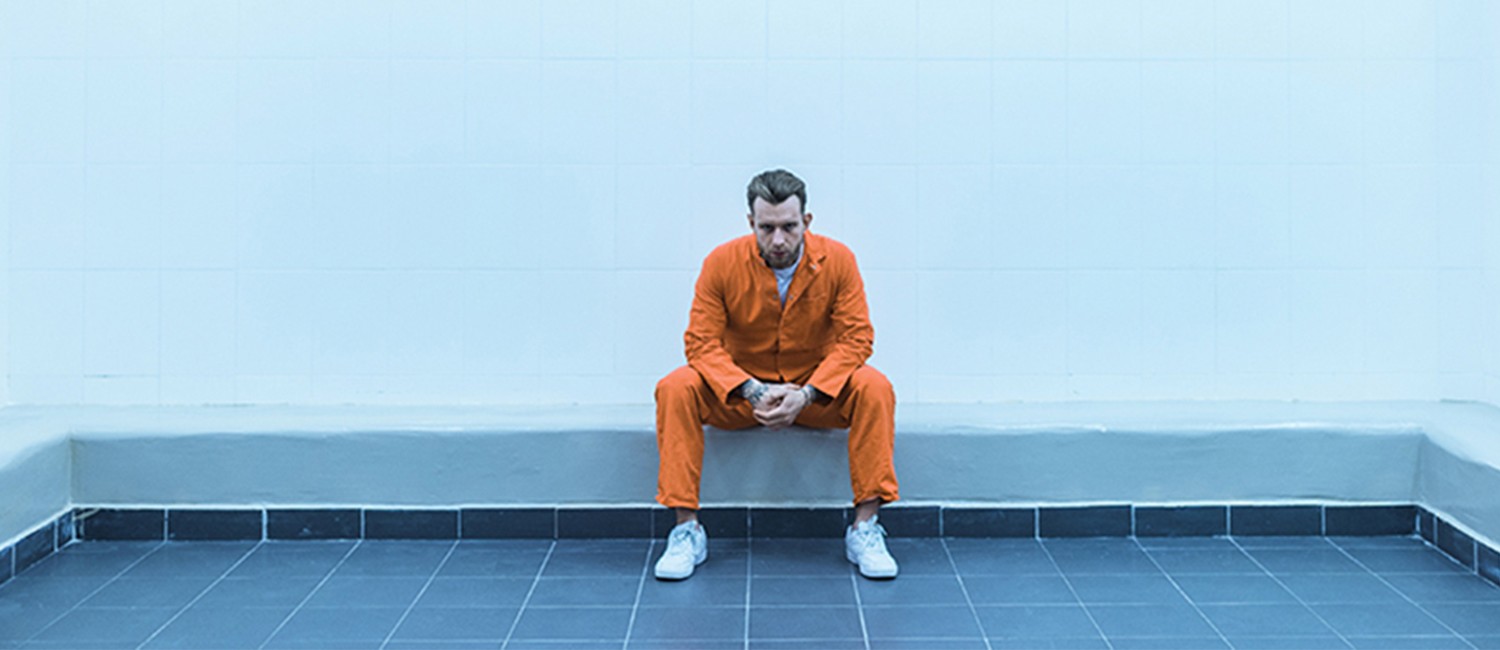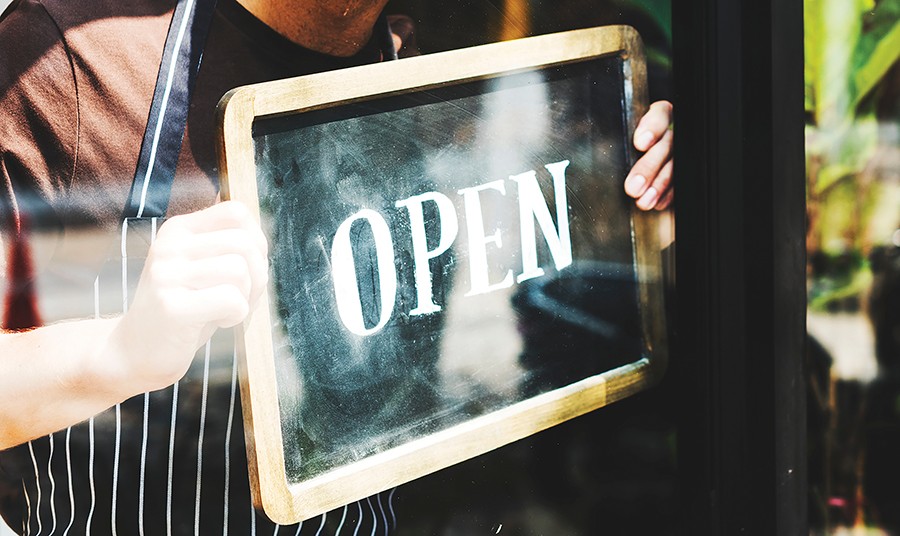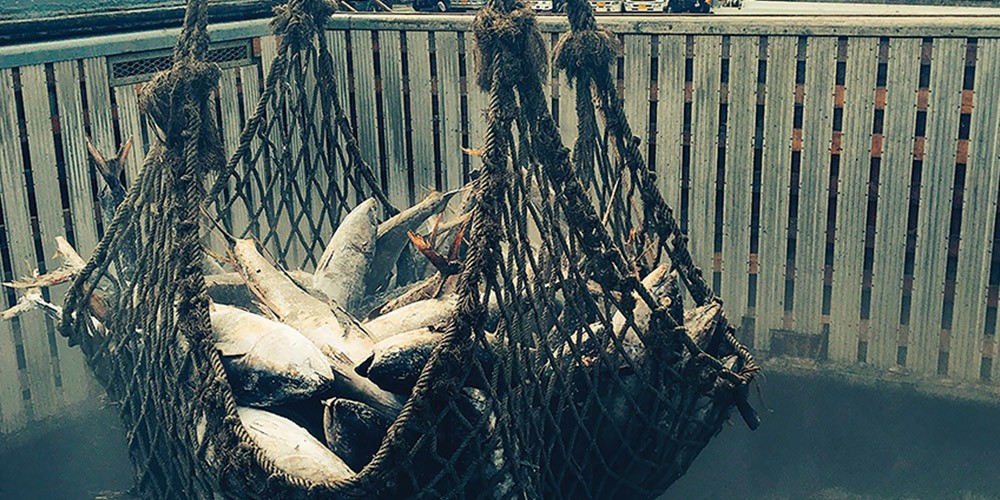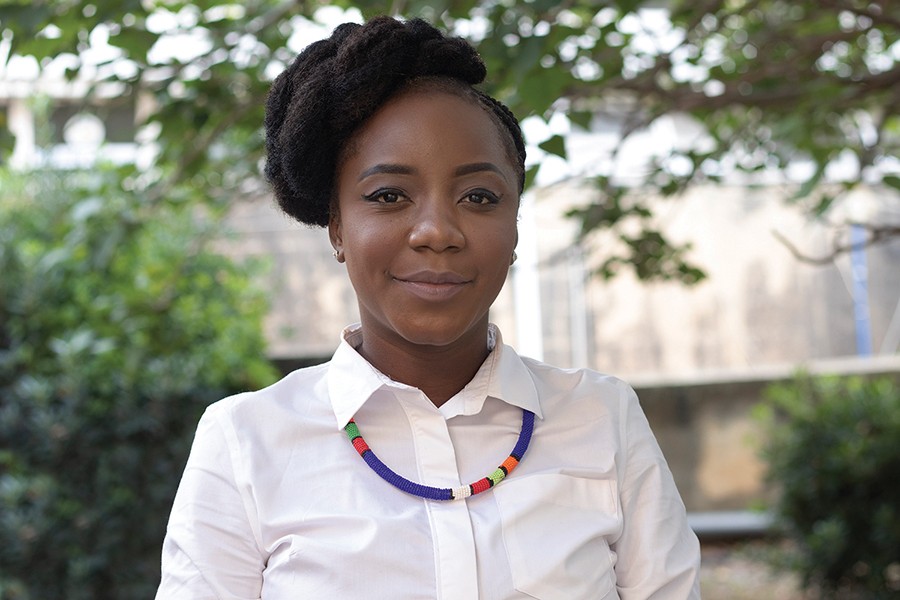When our wardrobes are bursting, when cars take over our streets, when stuffing our fridges and eating out trumps reading, theatre, cinema—how does that impact us? Cassi Camilleri writes.
Marie Kondo’s epic trajectory began in 2014 with a little book called The Life-Changing Magic of Tidying Up. Available in over 41 regions and countries, she sold over five million copies. Now she’s on Netflix, reaching millions more with Tidying Up with Marie Kondo, all the while becoming the most badass / kawaii meme the world has ever seen.


At this point, Kondo has almost single-handedly made decluttering a global trend. But there is more to this movement than getting rid of junk.
Kondo’s approach is about making the time to actually look at the items we own and purposefully ask whether they serve a true function in our life—whether they give us ‘joy.’ In a world where ‘more is more’ and hundreds of ads scream at us daily, creating neuroses while simultaneously providing the avalanche of products to fix them, the attitude is sadly novel.
Taking time to appreciate our possessions is not something we do often. And this is not entirely our fault. Doing so could see us labelled as ‘materialistic.’ But this brings up the question of what that word actually means.


In the documentary Minimalism: A Documentary About The Important Things, Joshua Fields Millburn, one half of The Minimalists duo, flips the notion on its head. ‘We are too materialistic in the everyday sense of the word, but we are not at all materialistic enough in the true sense of the word. We need to be true materialists, like really care about the materiality of goods.’
Here, Millburn is referring to quality instead of quantity. One reliable well-made pair of jeans will last you longer than five cheap ones. The result? You generate less waste. You spend less money.
In Malta, we produce 248,784 tonnes of garbage annually, according to the material flow analysis conducted by researcher Margaret Camilleri Fenech. That’s equivalent to eight houses made entirely of garbage. Think of the pollution generated by waste when transporting and treating it, or the greenhouse gases emitted when it decomposes, or the space it needs. With our countryside disappearing at alarming rates, wasting the remaining space on waste feels sinful.
But let’s just pretend that this whole environmental thing is being blown out of proportion by a tribe of hippy die-hards. What about us? How do our spending choices affect our quality of life? How do our habits impact our pockets?
In 2015, the National Statistics Office (NSO) reports, total annual expenditure of Maltese private households amounted to an average of €22,346 per household. Suffice to say, this is a considerable number given that the average wage that same year was somewhere around €16,500, according to online platform Trading Economics. What’s more important, however, is how the money was spent.
A close look at the NSO’s report revealed that the majority of funds went towards food and transport, commanding 34% of all spending. On average, households spent €4,417 on food in 2015. Fuel for cars alone amounted to a yearly bill of €1184.50. We also spent an annual average of €720 on clothing, €1000 on our phones and internet services, and a whopping €1,749 on eating out.
On the flipside, education accounted for only 2.4% of household spending, €624 yearly, making this category second to last on the priority list. Yes, this can be partly attributed to free education in Malta; however, in households without dependent children, we can also see that only €36 were spent on books that were not textbooks over the entire year. Another NSO survey (with Arts Council Malta and the Valletta 2018 Foundation) found that 55% of the population didn’t read a single book in 2016. That same study looked at the experiences we fill our time with, finding that less than half of us (42%) went to the cinema even once that year, while only a third (31%) visited an art gallery or experienced theatre (32%).
Looking at these figures, it seems our priorities are dominated by cars, internet services and restaurants. Yet isn’t that ironic when a quick scroll through Facebook reveals so many complaints about unprecedented levels of traffic, narcissism, laziness, and a lack of critical thinking?
What is powerful about this, though, is the realisation that we can change it instantly. Instead of going to the fancy new restaurant in Valletta this weekend as we always do, we could choose to cook a nice meal at home for friends then sit down with a good read. We could switch out the Sunday drive with a run in the rural parts of our island. And question yourself: Do I really need that new €15 sweater when I have another 20 that look just like it sitting in my wardrobe? Or do I want to put that money towards a family weekend away?
All this might sound minor, even ridiculous. But making deliberate choices about how and where we spend our hard-earned resources has a profound impact. Asking whether a particular purchase will ‘bring joy’ can spark answers that surprise us. And those answers may well trigger a ripple effect on our lives as a whole.
Saving money will allow us to work less and free up more time for meaningful activity with the important people in our lives. Investing in ourselves and our minds will see us becoming better, more well-rounded people. Can we say the same for the momentary rush we get after dropping an obscene amount of money on a new phone manufactured under questionable ethical standards?
At the end of the day, it’s all quite simple. If we all tried to be a little bit more mindful, a little bit more careful about where our money goes, which systems we feed, and what we allow into our lives… well then we could—quite literally—change our world.
Read more: Household Budgetary Survey 2015. National Statistics Office, 2018.












